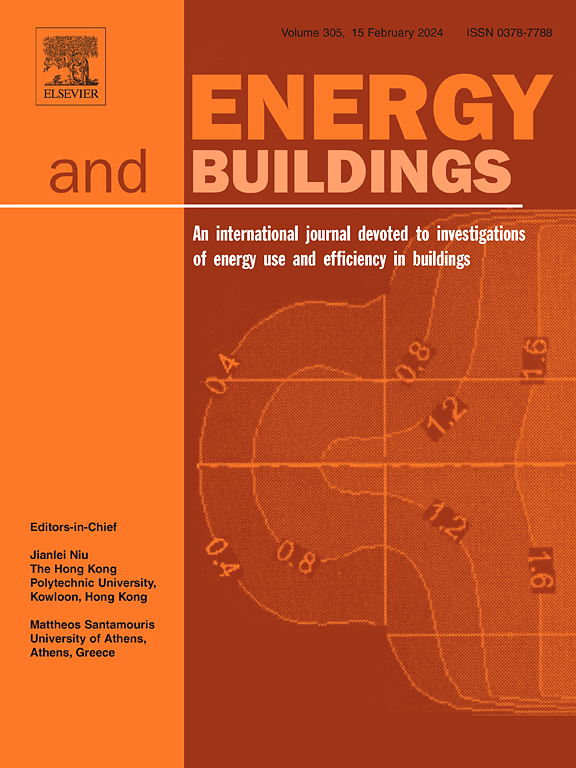AI-driven design optimization for sustainable buildings: A systematic review
IF 6.6
2区 工程技术
Q1 CONSTRUCTION & BUILDING TECHNOLOGY
引用次数: 0
Abstract
Buildings are major contributors to global carbon emissions, accounting for a substantial portion of energy consumption and environmental impact. This situation presents a critical opportunity for energy conservation through strategic interventions in both building design and operational phases. Artificial Intelligence (AI) has emerged as a transformative approach in this context, enhancing the efficiency and precision of energy management efforts. In the operational phase, AI is extensively utilized as smart controllers for Heating, Ventilation, and Air Conditioning (HVAC) systems and passive energy gains, as well as for fault detection. In the design phase, AI is pivotal as a surrogate model, enabling rapid and accurate evaluation of design options and allowing designers to optimize building performance with minimal computational resources. As the early-stage optimization is more cost-effective than post-construction modifications, design phase optimization has a great potential. Consequently, this paper examines recent advancements in surrogate-assisted design optimization for sustainable buildings, providing a comprehensive overview of the entire optimization process, from data preparation and surrogate model training to final optimization. The review categorizes studies based on experimental approaches and methodologies, identifying trends, gaps, and opportunities in the field. Notably, it highlights how modern AI techniques can incorporate previously unexplored dimensions into surrogate-assisted optimization, broadening the scope and potential of surrogate models. Therefore, this study provides guidance for future research and practical applications of AI-driven strategies in sustainable building practices.

求助全文
约1分钟内获得全文
求助全文
来源期刊

Energy and Buildings
工程技术-工程:土木
CiteScore
12.70
自引率
11.90%
发文量
863
审稿时长
38 days
期刊介绍:
An international journal devoted to investigations of energy use and efficiency in buildings
Energy and Buildings is an international journal publishing articles with explicit links to energy use in buildings. The aim is to present new research results, and new proven practice aimed at reducing the energy needs of a building and improving indoor environment quality.
 求助内容:
求助内容: 应助结果提醒方式:
应助结果提醒方式:


